
Director Danae Grandison on pitching, community, and finding her place in film.
Interviews • 4min read
Interviews • Written by Maggie Joyner, Genero
Olivier Candito has established himself with a clear creative vision for his 3D animation style, creating a collection of impressive music videos and short films in over 6 years with Genero. His work includes the official music video for ‘Holidays’ by Starwalker, a short film commissioned for the Tomorrow Unlocked Film Festival and ‘El Dorado’ his award winning submission to Nespresso Talents 2021.
We caught up with the talented animator to find out more about his creative techniques, go-to tools, developing his own sound design and bringing such ideas to life.
'Holidays' music video for Starwalker
It began back in the 90’s, when I did my first short film with my oldest daughter, who was 3 years old at that time, playing a little girl flying with a magical toaster in a fantasy land.
At that time, it took days to compute a few seconds of 3D, but it was already cool to create new worlds and characters from scratch, it was the beginning of my career as a 3D illustrator and animator for cosmetics and luxury design agencies.
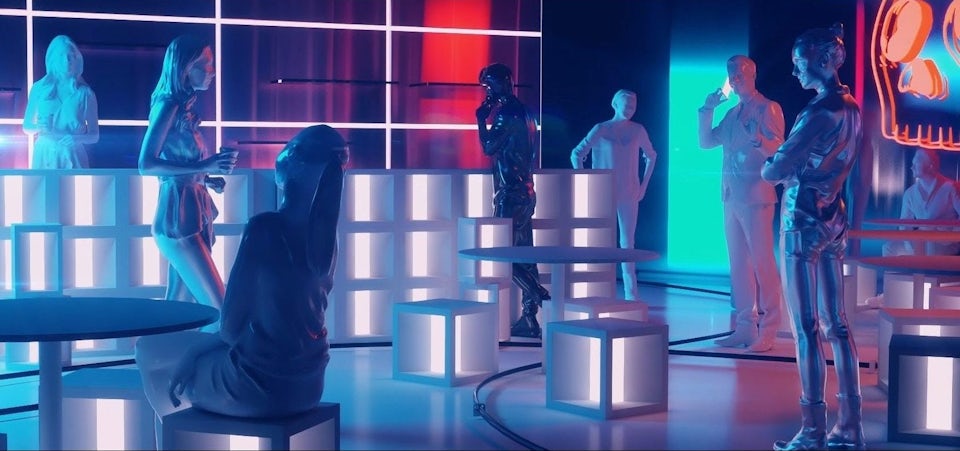
Once my story/pitch is defined, I first draw sketches of what I have in mind, I’m really into the traditional process of putting everything on paper before starting to build anything on my computer. So I do conceptual art of most elements present in the movie, then once the story is finalised, I storyboard every shot.
Each shot has a number referring to the sequence, and when I construct it in 3D, this number is used for each frame, or composite so I can find it very easily during all the process of the film realisation. Everything always refers to the storyboard which makes the global 3D world construction and camera placements very efficient – a bit like in the real filming world when you organise all your actors and crew for each set, before moving to another one.
Ahah, well generally these are long days. Most of my work besides short movies and music videos focuses on illustration and animations for the cosmetics and perfume world, everything is always on very tight deadlines, so I get the brief for a particular work, discuss with the creative directors and build my 3D images or animations from their sketches/Illustrator files. 3D tools really give a helping hand to shape the final product from their first concepts, and get a 3D hyperrealistic shoot of it .
With the tools at my disposal, I can work my lights and materials/sets as close as the clients brief demands it. The same process works for animations and films, as my lighting tool works like a little shooting studio, with lights of multiple types I can place and organise like real world objects.

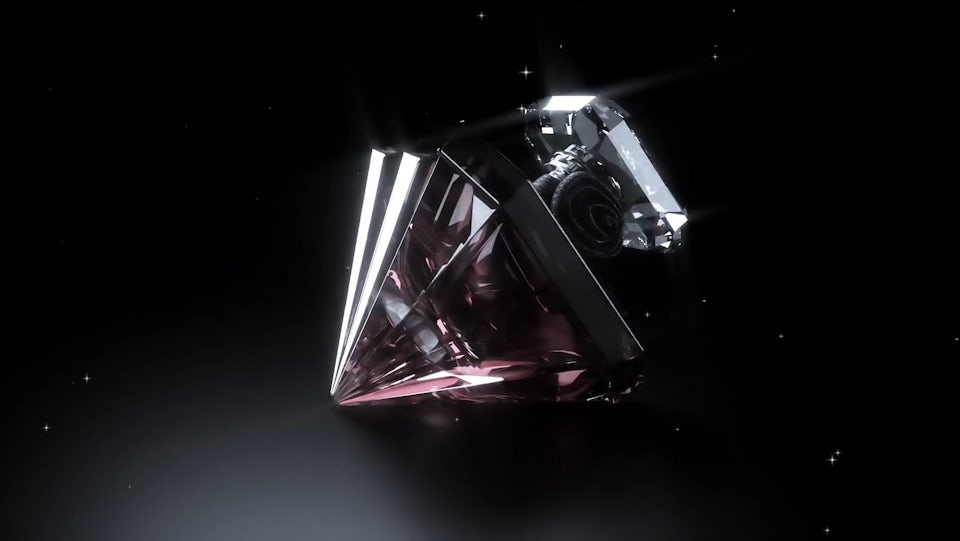
My main 3D program is Lightwave 3D, which I used from earlier versions until now. On top of that I have some great plugins to deal with fire, smoke, liquids, waves and cloth simulations – Octane Render from Otoy is my favourite render tool for everything I do from perfume renders to cars, product design and of course robots.
For animations, I can animate by hand, or I use a special motion capture camera to record some movements that I can translate to my characters. By the end of the year I will certainly go with a Rokoko suit to have even more control on my motion capture process. For the compositing and motion design, I use After Effect as my main tool, with a bunch of plugins to get the resulting render I have in mind. In the future, I will certainly switch to Cinema 4D and/or Blender for part of my animations/simulations processes.
'El Dorado' by Olivier Candito
This little film has a special place in all my short movies these past years. The name El Dorado came from the name of the movie theatre on the island of Oléron in France, where I spend most of my free time. The manager is one of my friends and with all the shut downs due to the COVID-19 crisis, I wanted to write a story about it. From there I wrote this pitch about this little robot finding a lost theatre and rescuing a movie projector, sacrificing one of his eyes to have the chance to watch movies after all and expand his own world.
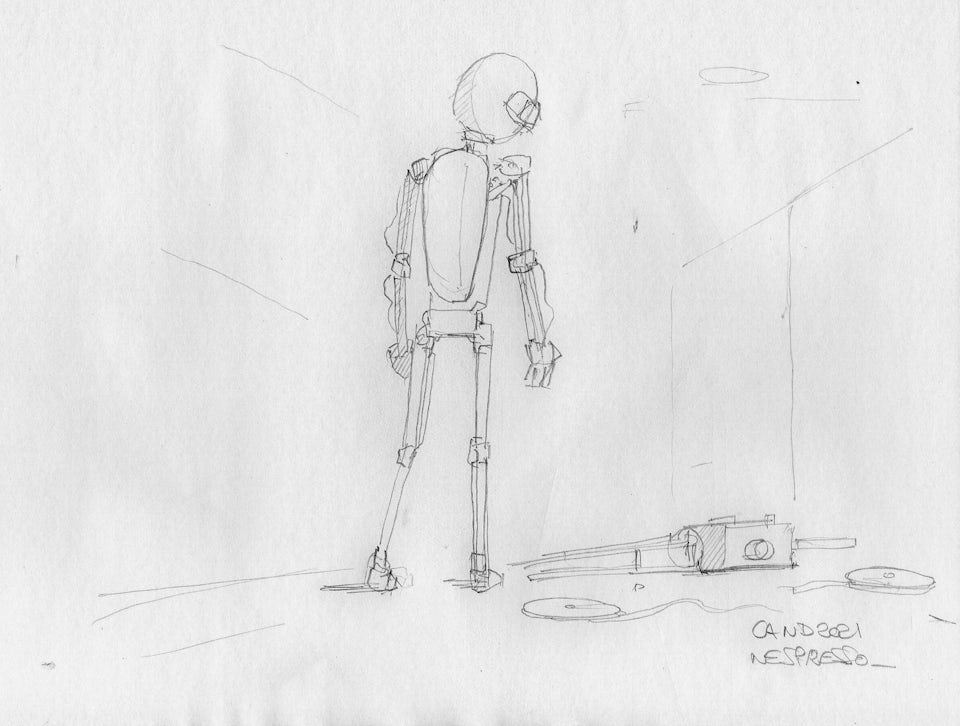
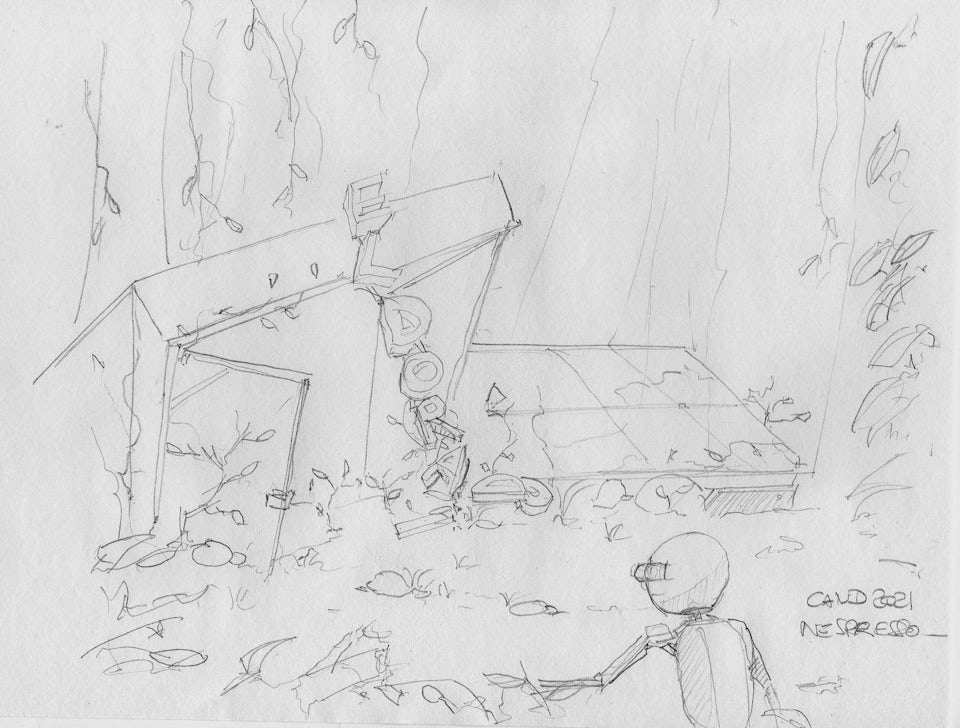
This sacrifice of his eye also refers to nordic mythology, when Odin sacrificed his eye to access the source of knowledge and wisdom. Of course El Dorado is also the mythic city of gold in South America, where you can find all the treasures and beyond, my little robot found even more.
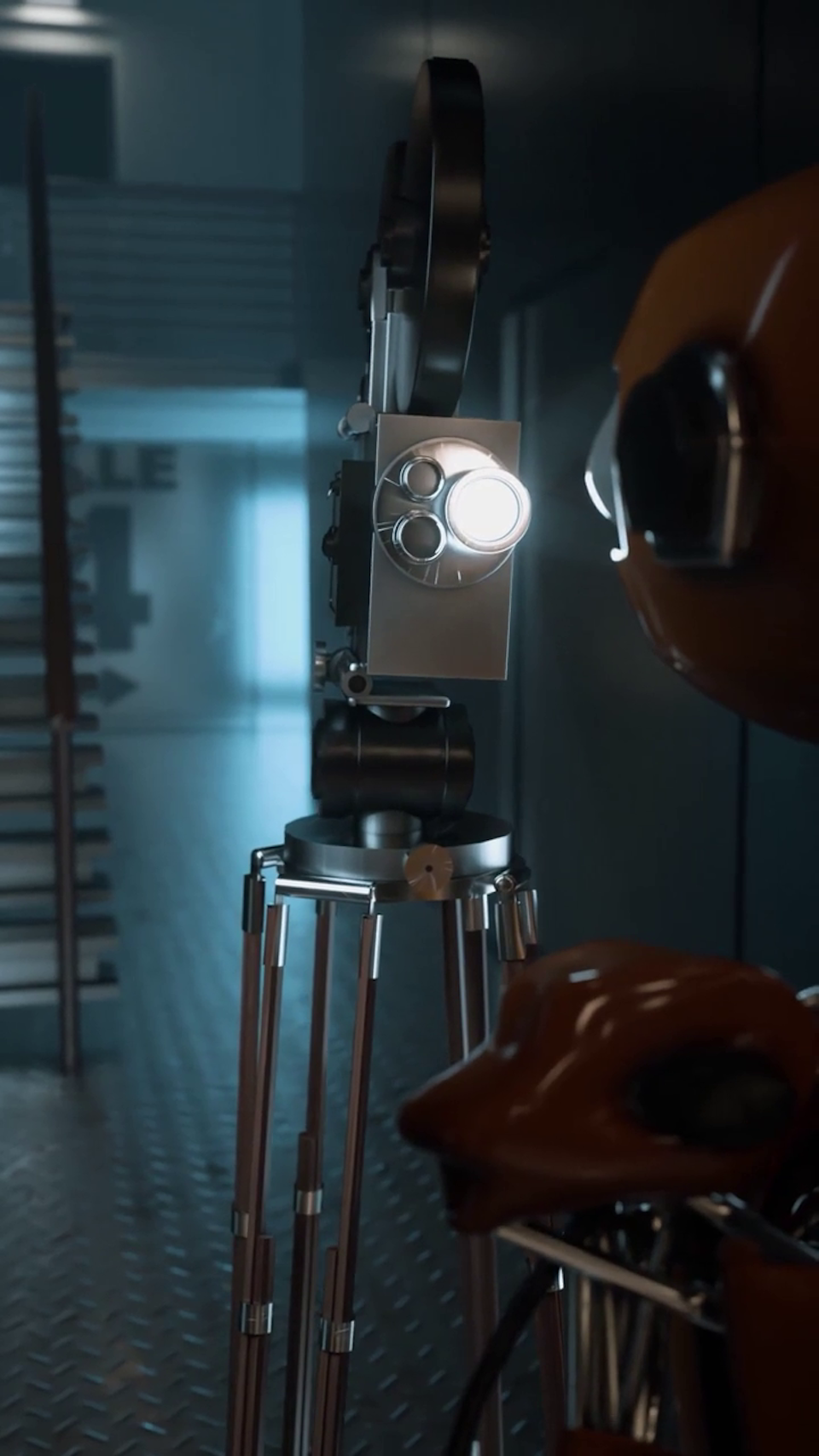
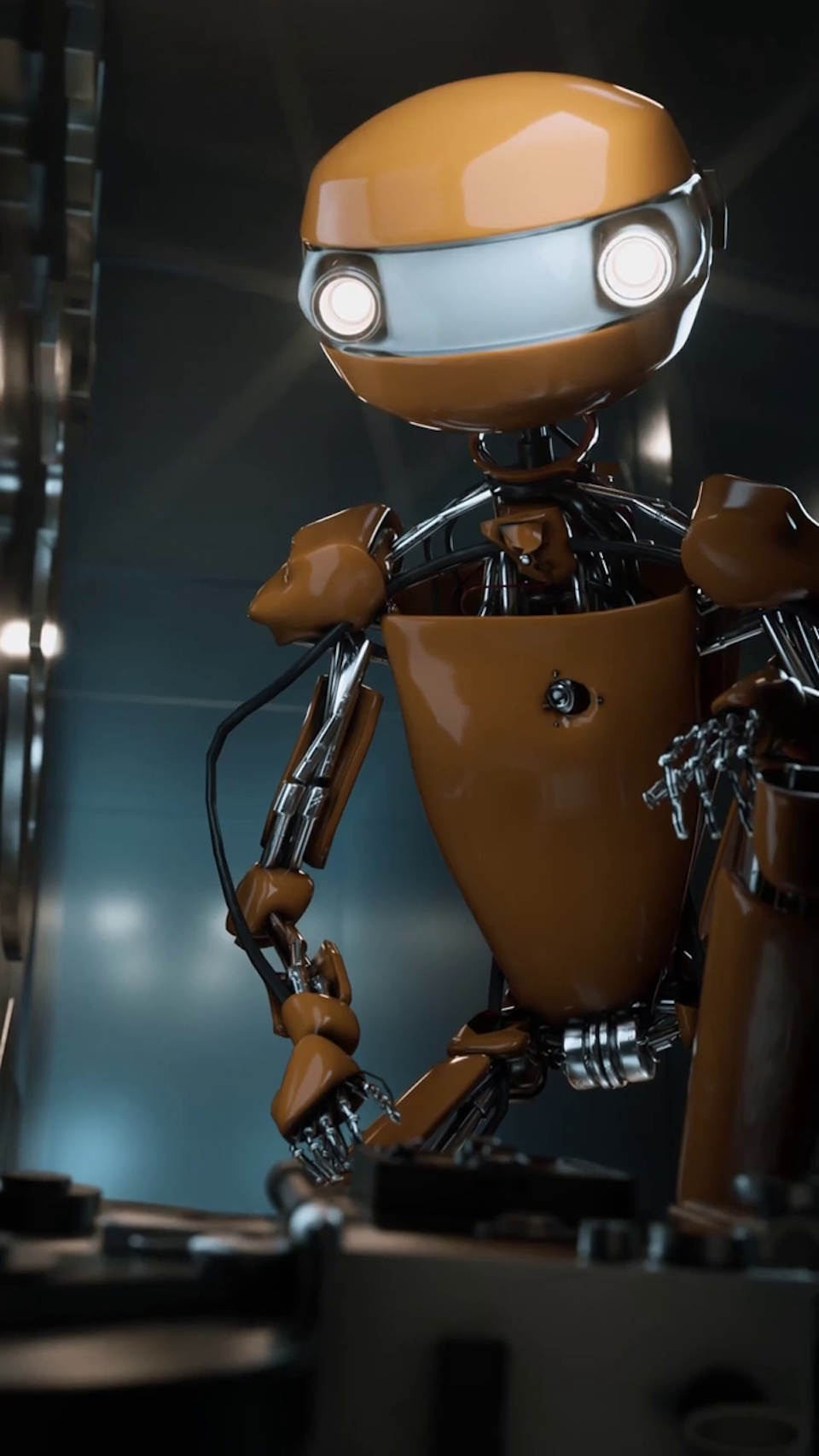
The sound and music have a very important place in these 3D movies, because obviously the animation is silent. It’s a bit weird when I start editing with all the 3D rushes, to watch the first edit with no sound at all!
When I do the first edit, I imagine how I’ll put some life into those images. It’s a very grateful process because you know that if the movie looks cool with no sound at all, it will be great with all the foley and music on top!
I use some sound I record with a little Tascam and a mic, or use sound I have in my libraries and tweak them until I get what I have in mind. What I would really love to do for the next film is to do some actual foley with pure analogue sounds, live recording with the movie. I think it would be an amazing experience as you can’t beat some real footsteps or metallic or water sounds done in sync while watching the film.
For the music, I’m more a guitar guy but these past two years I learned a few tunes from Philip Glass on my wife’s piano, and from there I was confident enough to compose directly on the piano, which has a midi port that allows me to record my compositions on a MacBook. After that I can tweak it and sync it with the film, it’s the last part of my sound process and I really enjoy it.
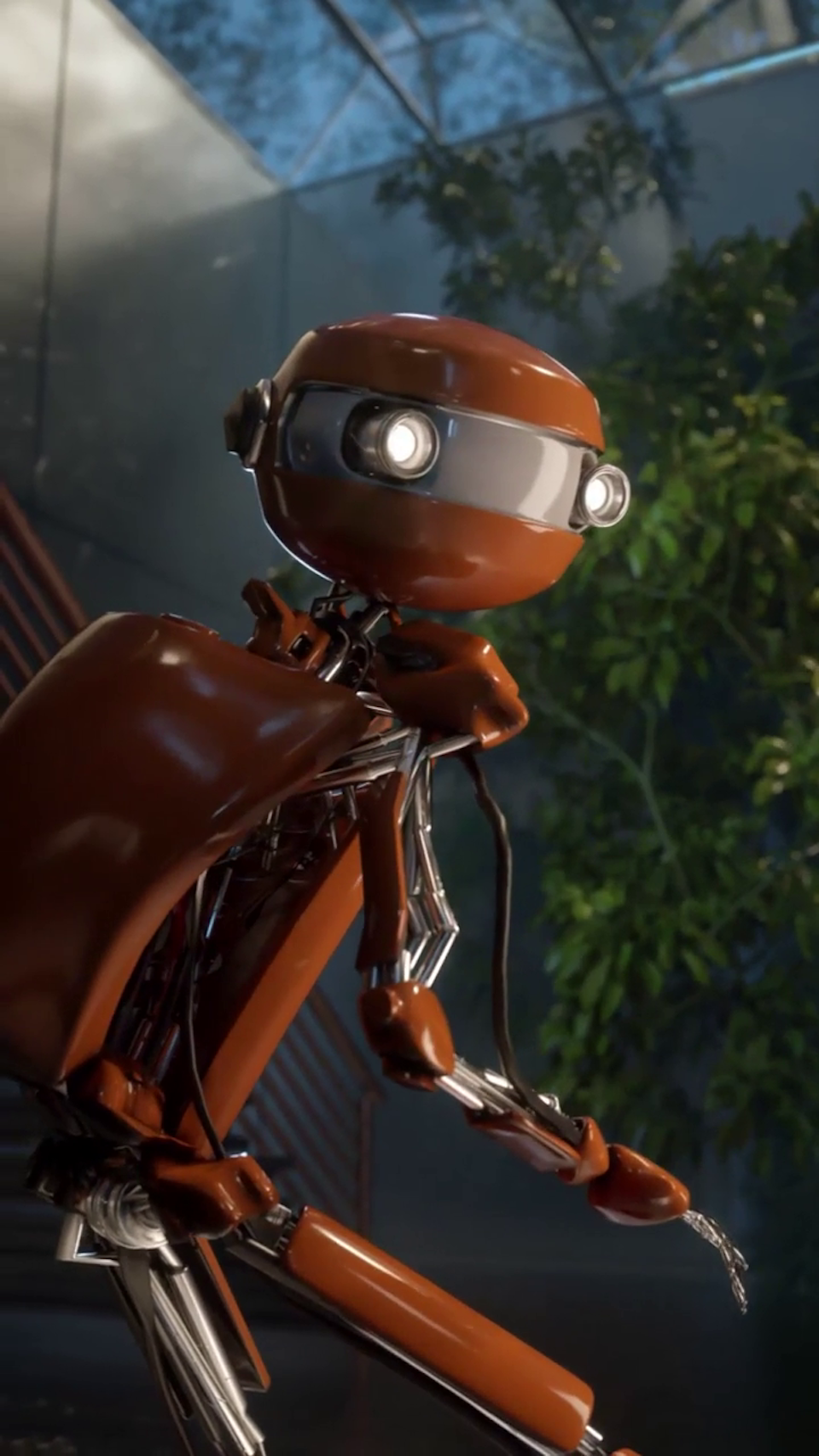
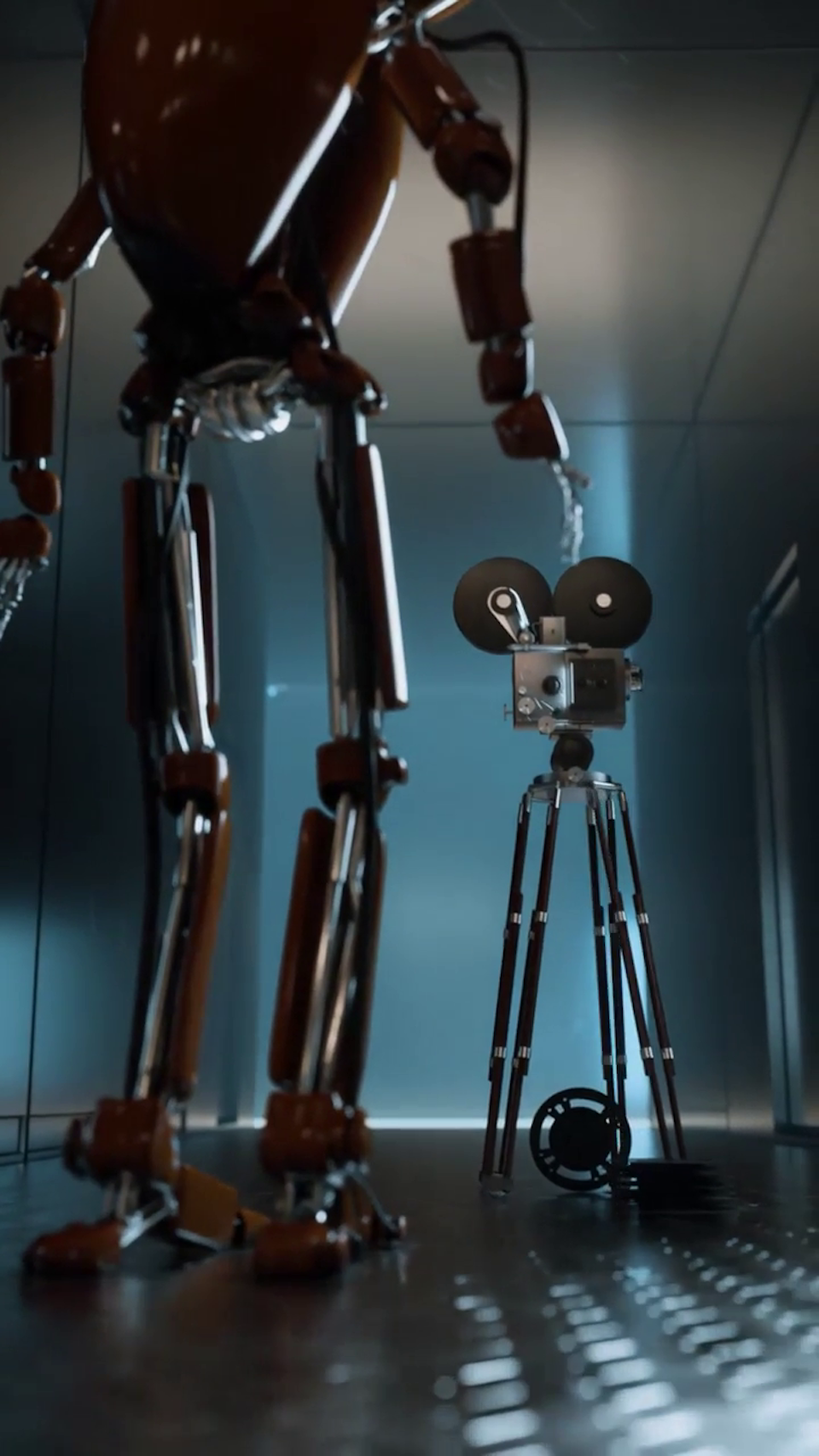
Well as you guess, it was awesome ! I went to the festival with my wife, and we spent two days in Cannes with the Nespresso crew and the winners from 2020 and 2021.
The Nespresso team were just incredibly nice and took such good care of us, it was hard to get back to reality after that journey. It was also great to see all the winners, we were like a little summer camp where everyone was talking about movies, cameras, set experience, it was a great moment.
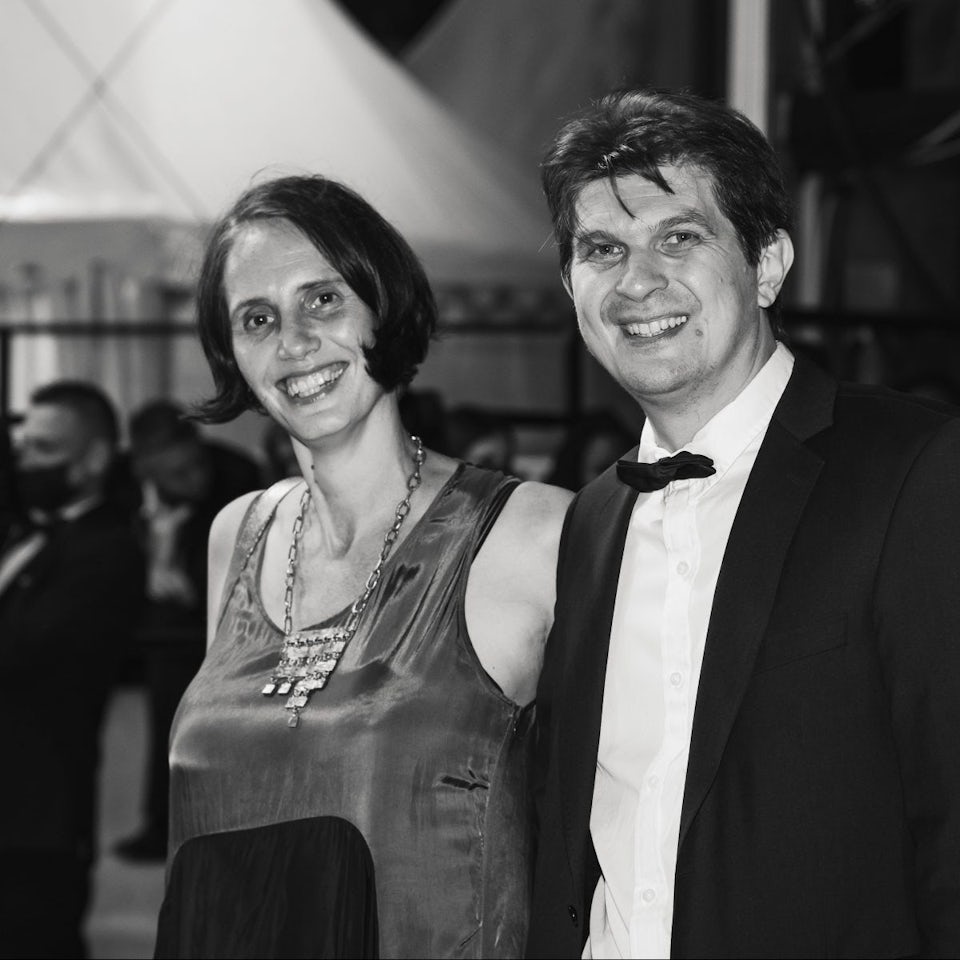
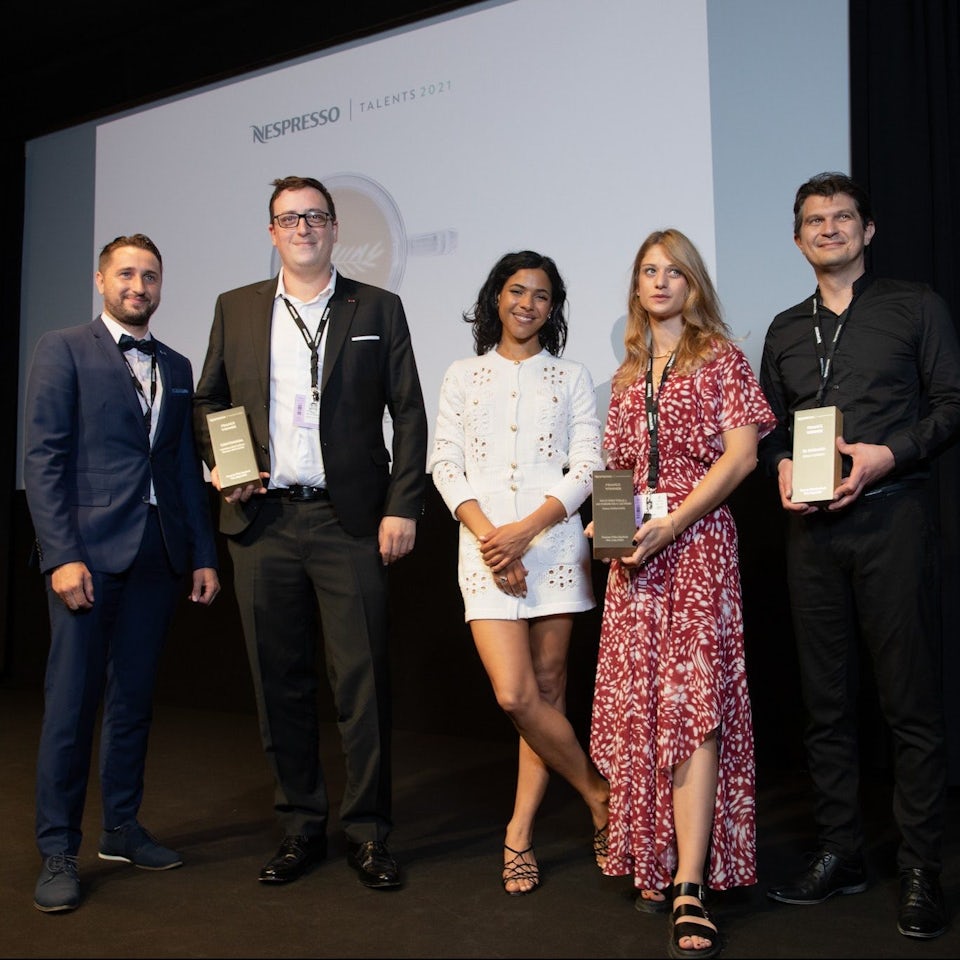
I’m actually working on a movie based on one of my shorts ‘Particules Intriquées’, which was finalist at the Tomorrow Unlocked Film Festival last year and commissioned via Genero. It’s quite ambitious, and there’s still a lot of work to do before seeing it on screen but it makes me search ideas and concept every day to keep my mind busy. I hope to show you soon some of these concepts and a teaser I’m working on!
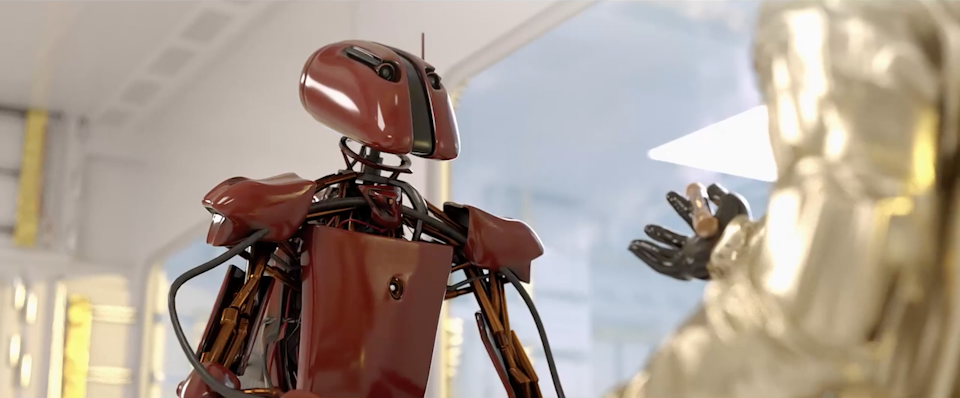

Interviews • 4min read
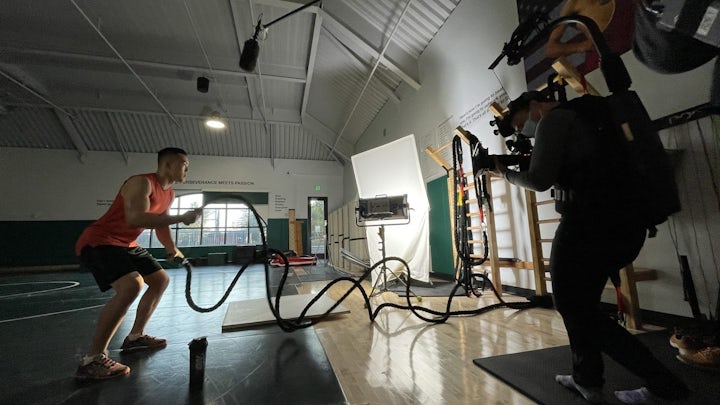
Interviews • 4min read